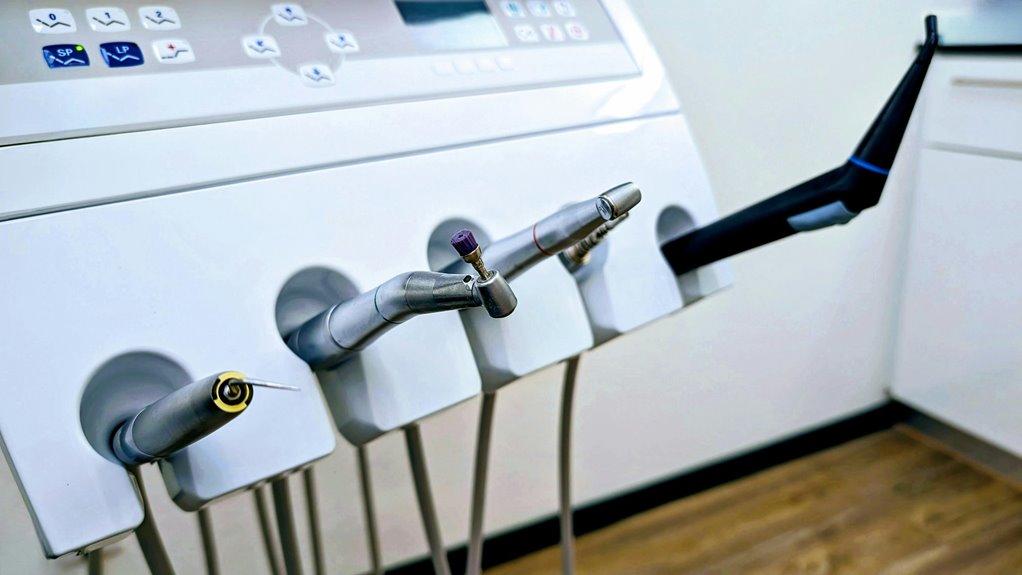Envision a dentist who fills cavities and brightens smiles, but also has the chance to brighten their financial future through charitable giving. You can actually leverage your donations to enhance your tax deductions considerably. By understanding the nuances of cash and non-cash contributions, you could create a strategy that benefits both your practice and the community. What if there's a way to make your generosity work harder for you, while also supporting causes you care about? Let's examine how you can maximize those benefits effectively.
Key Takeaways
- Dentists can deduct cash donations up to 60% of their adjusted gross income (AGI), significantly reducing taxable income.
- Non-cash asset donations, like appreciated stocks, allow deductions up to 30% of AGI, avoiding capital gains taxes.
- Utilizing donor-advised funds (DAFs) provides immediate tax deductions while allowing flexibility for future charitable contributions.
- Directing required minimum distributions (RMDs) from IRAs to charities can effectively lower taxable income for those over 72.
- Bunching donations from multiple years into one can maximize itemized deductions, enhancing overall tax benefits for dentists.
Tax Benefits of Charitable Contributions
When you consider the tax benefits of charitable contributions, you might be surprised at how much you can save as a dentist. You can deduct cash donations up to 60% of your adjusted gross income (AGI) and 30% for appreciated non-cash assets.
This means donating appreciated stocks not only avoids capital gains taxes but also allows you to claim a deduction based on their fair market value. Keeping detailed records is essential, especially for contributions over $250, to guarantee you comply with IRS guidelines.
Strategies for Timing Donations
To maximize your tax benefits, strategically timing your charitable donations can make a significant difference. By planning your contributions in high-income years, you can exceed the standard deduction amount of $14,600 for single filers or $29,200 for married couples filing jointly.
A smart charitable giving strategy involves using donor-advised funds, allowing you to donate now and distribute funds to charities later. Consider bunching donations from multiple years into one tax year to increase your itemized deductions and optimize tax savings.
Additionally, making charitable contributions directly from your required minimum distribution (RMD) can eliminate taxable income.
Finally, if you're selling appreciated assets, donating them directly can help you avoid capital gains tax, maximizing your charitable impact.
Non-Cash Asset Donations Explained
When you consider non-cash asset donations, you're tapping into some impressive tax advantages that can really benefit your practice.
From stocks to mutual funds, donating these appreciated assets lets you claim their full fair market value while sidestepping capital gains taxes.
Plus, with the right strategies, you can maximize your deductions and make a significant impact on your tax bill.
Tax Advantages of Donations
Donating appreciated non-cash assets can greatly enhance your tax benefits as a dentist, especially when it comes to avoiding capital gains taxes.
By gifting assets like stocks or mutual funds, you eliminate capital gains tax while claiming deductions at their full fair market value, provided you've held them for over a year.
You can deduct non-cash contributions up to 30% of your adjusted gross income (AGI), maximizing your tax advantages compared to cash donations. This strategy can increase your charitable contributions by up to 20%.
Plus, if you're 70½ or older, Qualified Charitable Distributions (QCDs) allow you to transfer up to $100,000 directly from your IRA to charities, enhancing your tax savings without taxable income.
Types of Non-Cash Assets
Charitable contributions can take many forms, and non-cash assets greatly enhance your giving strategy. You can donate appreciated stocks, bonds, or real estate, receiving tax deductions based on their fair market value.
This means you avoid capital gains taxes, which can be as high as 23.8% on sold assets. By donating non-cash assets, you can deduct up to 30% of your adjusted gross income (AGI) for appreciated property, maximizing your charitable giving potential.
Strategies for Asset Donations
How can you strategically enhance your charitable giving while maximizing tax benefits?
Consider donating appreciated securities, like stocks or mutual funds held for over a year. When you do, you can claim a tax deduction equal to the full fair market value while avoiding capital gains tax on the appreciation.
Remember, the maximum deduction for non-cash donations is usually 30% of your adjusted gross income (AGI), with any excess carried forward for five years.
By combining cash donations with these long-term assets, you can markedly boost your charitable contributions.
Just verify you maintain detailed records and appraisals for items valued over $500 to comply with IRS regulations and optimize your tax benefits.
Utilizing Donor-Advised Funds
Using donor-advised funds (DAFs) can greatly enhance your charitable giving while maximizing tax benefits.
By contributing to a DAF, you not only get a tax deduction in the current year but also have the flexibility to distribute those funds to charities over time.
This approach allows you to strategize your donations, potentially increasing your overall impact and simplifying your charitable efforts.
Tax Advantages of DAFs
Wondering how to maximize your tax benefits while supporting your favorite causes? Donor-Advised Funds (DAFs) offer incredible advantages for dentists.
By making tax-deductible contributions, you can enjoy substantial tax deductions in high-income years. Plus, you can contribute appreciated stocks, avoiding those pesky capital gains taxes and enhancing your tax efficiency.
With DAFs, your contributions grow tax-free, increasing the total amount available for charitable giving over time. This means your philanthropic efforts can make a bigger impact.
Additionally, DAFs simplify record-keeping and grant recommendations, making it easier to manage your charitable giving.
Flexible Charitable Distribution Options
While you focus on your dental practice, utilizing Donor-Advised Funds (DAFs) gives you the flexibility to direct your charitable contributions whenever you see fit.
With DAFs, you can make contributions and receive immediate tax deductions, enhancing your strategic giving, especially in high-income years. Your donations can grow tax-free, increasing the total for future charitable distributions.
You can recommend grants to any qualified public charity, allowing for adjustments based on changing philanthropic priorities. By consolidating multiple years of donations into one year, you can maximize your itemized deductions, surpassing standard deduction thresholds.
DAFs simplify charitable planning, making it easier to manage your giving while optimizing tax benefits and ensuring your contributions align with your values.
Case Studies of Effective Giving

Effective giving can substantially enhance your tax strategy, as illustrated by several case studies that demonstrate the benefits of thoughtful charitable contributions.
For instance, Carla donated 2,000 shares of appreciated stock, avoiding $89,000 in capital gains taxes while claiming a $100,000 tax deduction.
Amelia and Hudson bunched two years of donations, securing $62,200 in deductions that exceeded their standard deduction.
Juan leveraged Qualified Charitable Distributions (QCDs) from his IRA, reducing his taxable income by $50,000, showcasing tax efficiency.
Olivia offset a $24,000 tax obligation from a Roth IRA conversion with strategic charitable donations.
These examples highlight how charitable giving can maximize tax benefits and minimize exposure, making it a savvy financial move for dentists like you.
Key Considerations for Dentists
When considering your charitable contributions, it's essential to understand the various tax implications that can benefit your practice. You can claim a tax deduction this year for cash contributions up to 60% of your adjusted gross income (AGI) and non-cash donations, like appreciated stocks, up to 30% of AGI.
Gifting appreciated stocks not only eliminates capital gains taxes but also allows you to deduct the full fair market value. Utilizing donor-advised funds can help maximize your tax savings by prefunding contributions.
If you're over 72, directing required minimum distributions (RMDs) from your IRA to charities can reduce your taxable income. Regularly consult with financial advisors to align your charitable giving this year with your values and optimize deductions.
Frequently Asked Questions
Is It Better to Take QCD or Charitable Deduction?
When comparing QCD vs. deductions, consider your income tax implications. QCDs offer tax-free withdrawals from retirement accounts, while charitable contributions may require itemization. Analyze donation impact and charitable giving benefits to determine your best tax strategy.
How Much Does a Charitable Donation Reduce Taxes?
Envision donating $1,000 to a nonprofit. You could potentially reduce your taxable income by that amount, benefiting from tax deductions. Understanding donation limits and tax strategies is essential for financial planning and maximizing your philanthropic efforts.
Is a Dentist Tax Deductible?
Yes, as a dentist, you can benefit from tax deductions related to dental expenses and charitable contributions. By maintaining donation receipts and engaging in nonprofit partnerships, you enhance your financial planning and optimize your taxable income and tax strategies.
What Is the 20% Limit on Charitable Contributions?
The 20% limit on charitable contributions refers to the maximum deduction for non-cash donations, impacting your tax benefits. Understanding contribution limits helps you strategize your donations to qualified charities under IRS regulations and optimize financial planning.
Conclusion
Incorporating charitable giving into your financial strategy can greatly enhance your tax deductions. Did you know that about 30% of Americans donate to charity each year? By joining this group, not only do you contribute to your community, but you also capitalize on considerable tax benefits. Whether you're donating cash, appreciated assets, or utilizing donor-advised funds, these strategies can lower your taxable income and support causes you're passionate about. Make your generosity work for you—start giving strategically today!


